

Keith Hunter is fascinated by the chemistry of the oceans and what we can learn. His research looks at trace metals in natural waters – minute amounts of metals, occurring in tiny quantities, but ...
READ MORE
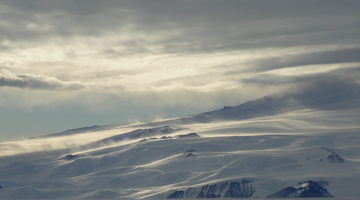
Antarctica is the coldest, driest, windiest and highest continent on Earth. What makes the frozen continent so valuable to scientists and vulnerable to human contact? Every year, scientists and ...
READ MORE
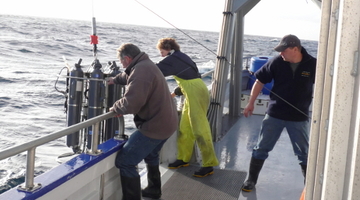
Dr Kim Currie from NIWA studies carbon dioxide in the upper ocean around New Zealand. This helps her understand the role of the ocean in the carbon cycle and how the ocean and the atmosphere ...
READ MORE
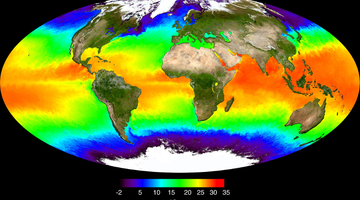
In this activity, students look at what happens when hot and cold water meet. By the end of this activity, students should be able to: discuss how temperature affects the density of water discuss ...
READ MORE

This teacher resource lists selected articles from the Connected and School Journal reading series that support science concepts when teaching about climate change. Connected and School Journal ...
READ MORE

In this activity, students investigate some of the properties of seawater. By the end of this activity, students should be able to: discuss that salt dissolves in water explain that dissolved ...
READ MORE
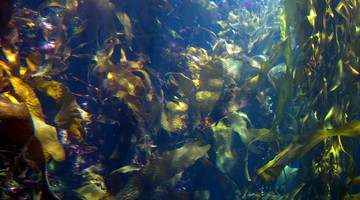
Kelp forests are one of the most biodiverse habitats on Earth. Every nook and cranny is jam-packed with life! This citizen science project wants to understand more about how kelp forests grow and ...
READ MORE
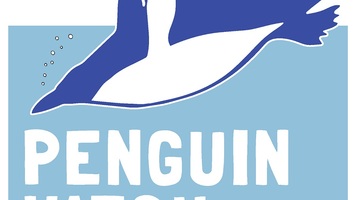
Help scientists establish valuable baseline data about the numbers, locations, habits and health of penguins in a range of Southern Ocean sites. This information will enable better understanding ...
READ MORE
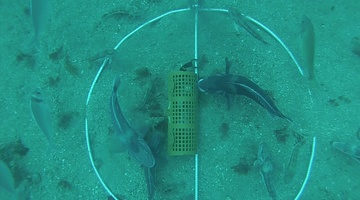
Come and visit Aotearoa New Zealand’s underwater world in this online citizen science project. Discover, count and identify unique fish species that live within our marine reserves ...
READ MORE
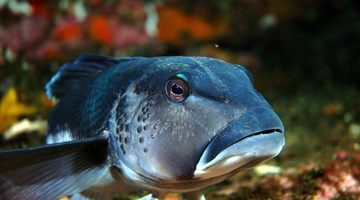
There are many marine classroom activities and resources on the Science Learning Hub useful for Seaweek 2015. This online PD session recorded on 19 February 2015 shows primary and secondary ...
READ MORE

Seaweek is New Zealand’s annual national week about the sea. It is coordinated by the Sir Peter Blake Marine Education and Recreation Centre (MERC) and includes a wide range of events ...
READ MORE
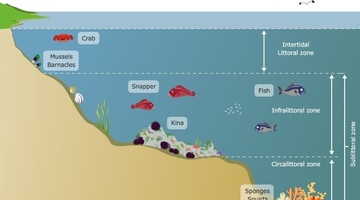
The rocky shore is a popular topic in primary school science. Below are some Science Learning Hub resources for primary teachers related to the rocky shore in the Living World strand of the New ...
READ MORE
Our oceans are absorbing about one-third of the carbon dioxide in the atmosphere. As a result, they are becoming more acidic. Associate Professor Abby Smith, from the University of Otago, is ...
READ MORE
Dr Sara Mikaloff-Fletcher, an atmospheric modeller at NIWA, explains how the level of carbon dioxide in the atmosphere has been rising in recent times. She outlines some of the sources for this ...
READ MORE
NIWA scientists collect air samples from an atmospheric research station at Baring Head on Wellington's south coast. What's in the air that we breathe?
READ MORE
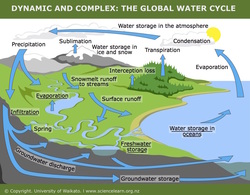
Water in the Earth system is influencing all aspects of life on Earth. Pathways, storage, transfers and transformations have an effect on the global climate and human welfare. Within this ...
READ MORE

Planning pathways using Love Rimurimu and Science Learning Hub resources. Click on the labels for links to supporting articles, media and student activities. Select here to view the full ...
READ MORE

Explore this interactive diagram to learn more about the global carbon cycle. Click on the labels for more information. Select here to view the full transcript and copyright information.
READ MORE